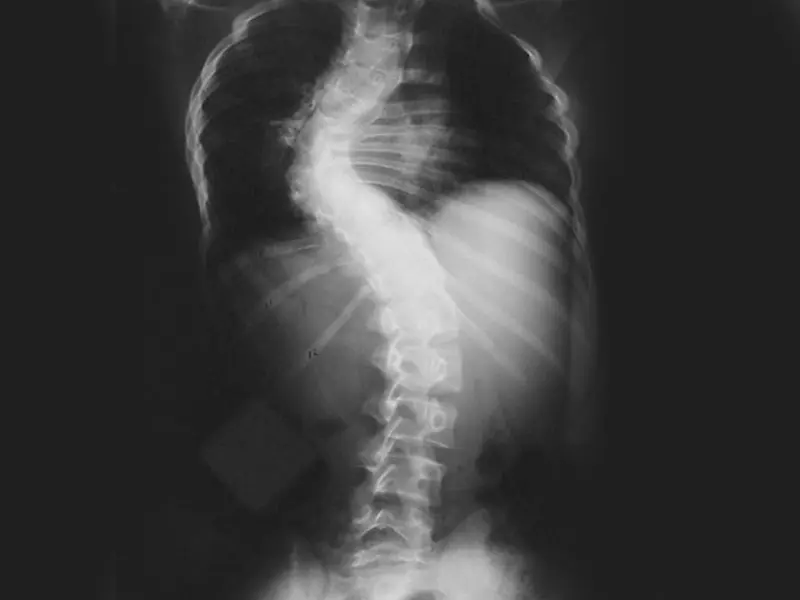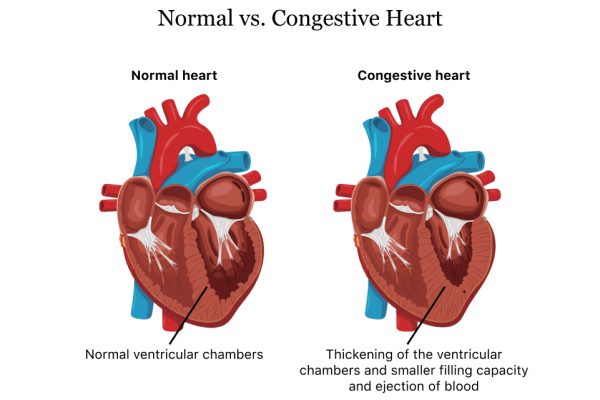Scoliosis is a debilitating condition that affects the spine, causing it to curve to one side. According to recent statistics, approximately 3% of the global population is affected by this condition. For years, traditional methods of treating scoliosis have been limited, mainly involving physical therapy, bracing, or surgery. However, with advancements in technology and medicine, there has been a groundbreaking shift in the way that doctors and medical professionals approach scoliosis treatment. In this article, we’ll explore the latest cutting-edge techniques and technologies that are revolutionising spine health by offering more effective and personalised treatment options for individuals struggling with scoliosis.
The Evolution of Scoliosis Treatment: Past, Present and Future
Scoliosis treatment has experienced significant changes in the last few years. In the past, patients diagnosed with scoliosis would receive limited options that were often invasive and required lengthy recovery times. However, medical advancements have brought about new methods of treatment that are much less invasive and offer improved outcomes. Today, patients have access to various forms of non-invasive treatments, including physiotherapy, yoga, and chiropractic care, which offer relief from pain, improve general wellness and prevent the progression of the condition.
The future of scoliosis treatment looks exceptionally promising, thanks to the development of cutting-edge technologies. In recent years, doctors have started to use virtual reality technology to train medical professionals about spinal disorders and interventions. A new generation of spinal implants has emerged, designed to offer better support for a patient’s spine and facilitate less invasive surgical procedures. Additionally, current research is exploring electronic implants and gene therapies, which can offer even more options for scoliosis treatment. As the field of scoliosis treatment continues to evolve, patients and medical professionals look forward to exciting new developments that can significantly improve the lives of those living with this condition.
How Non-invasive Treatments are Changing Scoliosis Care
Scoliosis care has historically been associated with invasive treatments such as surgery, which can be risky and require prolonged recovery periods. However, non-invasive treatments are transforming the way scoliosis is managed, offering patients a range of options that are less invasive and more effective than traditional therapies. One example of this is biofeedback therapy, which uses sensors to monitor spinal curves and give patients real-time feedback on their posture. This is a low-risk, non-invasive technique that has proven to be extremely effective in reinforcing healthy habits and reducing curvature. Additionally, the use of advanced imaging technology like MRI and CT scans has allowed doctors to diagnose and measure scoliosis with greater accuracy, which has made it easier to determine the best course of treatment for each individual case.
Another way in which scoliosis care is changing is through the use of wearable technologies such as braces, which have become much smaller and more comfortable in recent years. These devices can be customised to fit each patient’s unique needs, providing targeted support and realigning the spine over time. The introduction of 3D printing technology has also enabled the creation of personalised braces that are more effective and less obtrusive than their predecessors. Finally, there is growing interest in alternative therapies such as yoga, Pilates, and chiropractic care, which are becoming increasingly recognised for their ability to improve scoliosis symptoms and promote overall spinal health. Overall, the landscape of scoliosis care is evolving rapidly, and patients can now expect a broader range of options that are less invasive, more effective, and, ultimately, more empowering.
Impact of Early Detection and Treatment of Scoliosis
Early detection allows for the implementation of non-invasive methods of treatment, such as physical therapy and bracing, which can prevent the condition from progressing and improve overall mobility. In addition, early treatment can reduce the need for invasive surgeries, which can have significant risks and long-term effects on the patient’s health.
Furthermore, early detection of scoliosis allows for better monitoring of the condition, which can lead to more effective treatment plans and better outcomes. With the advancement of technology, such as 3D scanning and imaging, doctors can now diagnose and monitor scoliosis with greater accuracy and precision. This allows for more tailored treatment plans that are specific to each patient’s unique needs and condition.
Overall, the impact of early detection and treatment of scoliosis cannot be overstated. By allowing for non-invasive treatment methods and improved monitoring, patients can experience improved quality of life and long-term health outcomes. As advancements in technology and medicine continue to revolutionise scoliosis treatment, the future looks bright for those affected by this condition.





